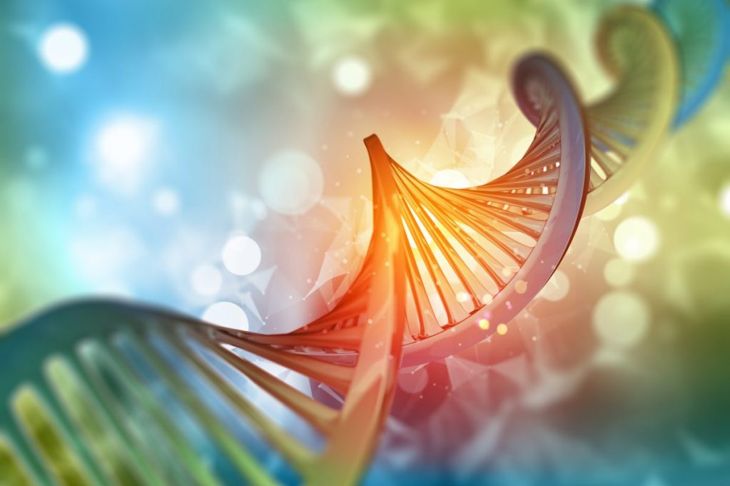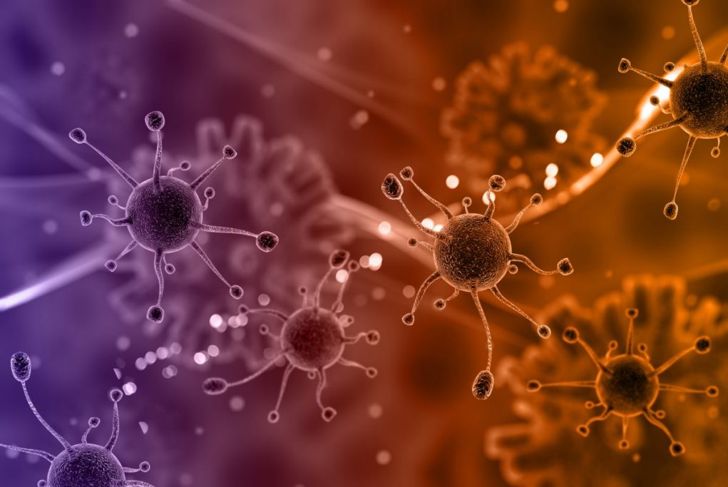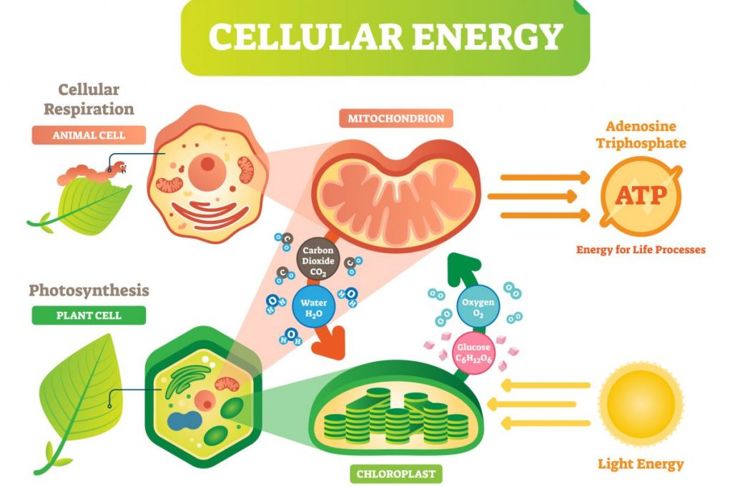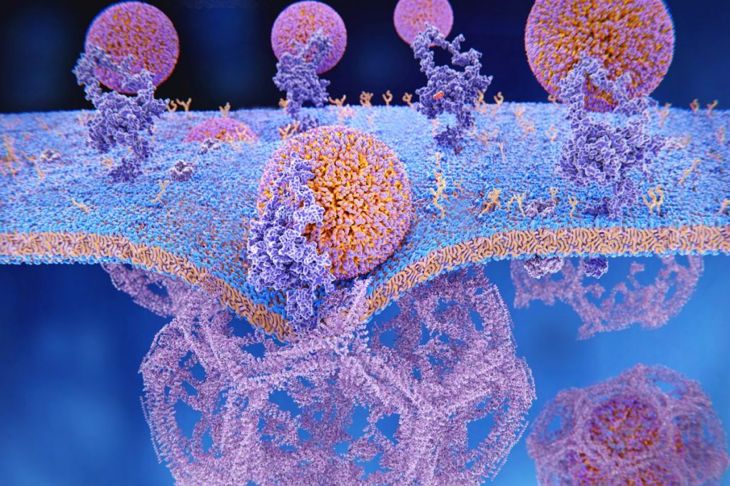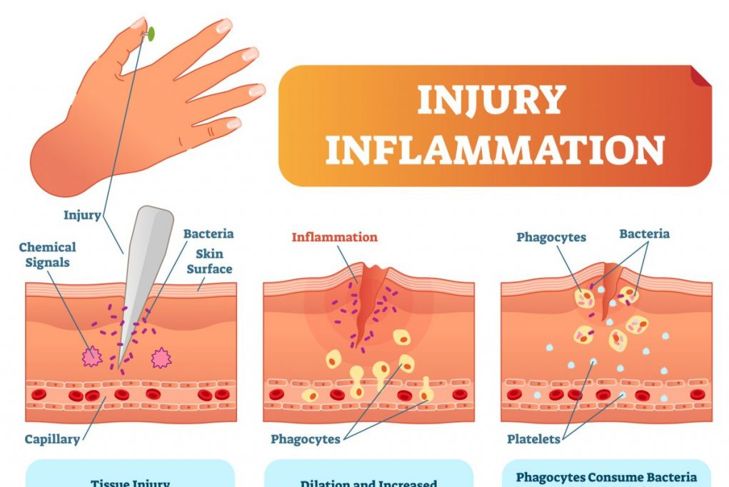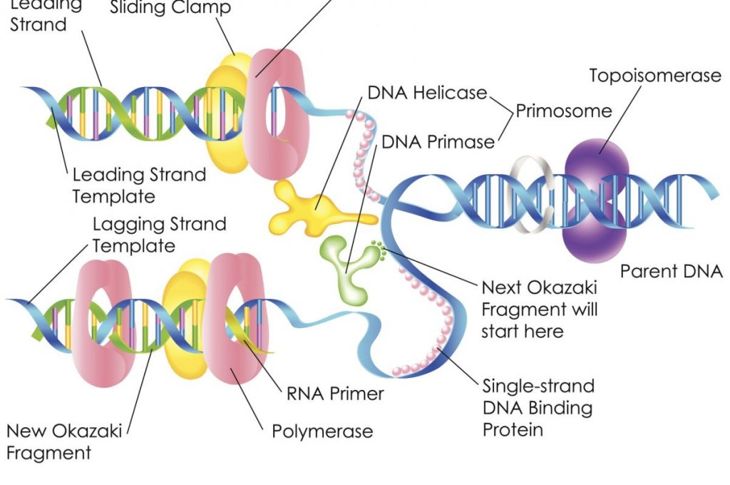Cell Theory is one of the fundamental principles of biology. German scientists Matthias Schleiden, Theodor Schwann, and Rudolph Virchow have been given credit to the formulation of this theory. Cell theory states that all biological organisms are composed of either unicellular or multicellular cells. Cells are the basic unit of life, and all cells come from preexisting life. In 1839, Schwann and Schleiden formally articulated this theory. It has become the foundation of the modern biology.
The Formulation of the Cell Theory
In 1838, as Matthias Schleiden and Theodor Schwann were taking an after-dinner coffee, they discussed their studies on cells. They found some similarities between the plant cells that Schleiden studied and the animal cells that Schwann had observed. Afterward, the two scientists Schwann’s lab to closely monitor the samples. In 1839, Schwann published a book on plant and animal cells as he summarized the observations of his experiments in 3 tenets. Firstly, cells are the unit of structure, physiology, and organization in living organisms. Secondly, cells maintain a dual existence as a distinct unit and a building block in the construction of organisms. Finally, cells form by free-cell formation just as the formation of crystals. Rudolph Virchow later determined that the third tenet was wrong with his powerful dictum of “Omnis cellula e cellula” (All cells only arise from pre-existing cells).
The Modern Tenets of the Cell Theory
Several studies and experiments by other scientists have improved the cell theory. The modern tenets of the cell theory state that all living organisms are made up of cells, and the cell is the functional and structural unit of all living organisms. Furthermore, cells arise from preexisting cells by division. During cell division, cells pass hereditary information (DNA) to others.
Exceptions
There are various exceptions to the modern interpretation of the cell. Some scientists consider viruses as living things even though they are not made up of cells. Although viruses have several features of life, the definition of cell theory does not consider them alive. Moreover, the origin of the first cell is unknown. There were no pre-existing cells before the first one as the definition of the cell omits that aspect. Chloroplasts and mitochondria also have their own unique genetic material, and they reproduce independently.
Some of the Landmarks in Study of Cell Biology
1595: Jansen created the first compound microscope1626: Redi suggested that living things do not arise from spontaneous generations.1838: Schwann and Schleiden proposed the cell theory.1858: Rudolf Virchow expounded that is cells develop only from existing cells1869: Miescher isolated the DNA1883: the chromosome theory of heredity1939: Siemens manufactured the first commercial transmission electron microscope1952: Gey and colleagues described a continuous human cell line.1953: Watson, Crick, and Wilkins proposed the structure of DNA double-helix.1965: Cambridge Instruments manufactured the first commercial scanning electron microscope1981: Transgenic fruit flies and mice produced, and mouse embryonic stem cell line determined.2000: The human genome DNA sequence drafted
The Cell Basics
All living things are made up of and depend on cells to function. The cell contain organelles, which execute specific functions that are necessary for normal cellular operations. Cells also have DNAs and RNAs, which are the genetic information needed to direct cellular activities. However, not all cells are alike. For instance, cells can be broadly classified into two types: Eukaryotic and Prokaryotic Cells. Eukaryotic Cells have membrane-bound organelles, including a nucleus. Eukaryotic cells include animal, plant, and fungal cells. Eukaryotes (organisms with eukaryotic cells) can be single or multi-celled. Prokaryotic Cells do not have a nucleus or any other membrane-bound organelle. Prokaryotes (organisms with prokaryotic cells) include bacteria and archaeans.
Cell Reproduction
Cell reproduction is the process by which existing cells divide to form new cells. When a cell divides, it creates a copy of all its chromosomes and sends it to the newly created cell. A eukaryotic cell grows and reproduces through a complex sequence of events referred to as the cell cycle. The cell can divide either through the processes of meiosis or mitosis. For instance, sex cells reproduce through meiosis, while somatic cells replicate via mitosis. A prokaryotic cell reproduces majorly through binary fission, which is a type of asexual reproduction. Some higher organisms also reproduce through asexual reproduction. For example, plants, fungi, and algae reproduce asexually through the formation of spores, while animals reproduce asexually through budding, regeneration, parthenogenesis, and fragmentation.
Cell Processes: Cellular Respiration and Photosynthesis
Cells perform many crucial processes that are essential for the survival of an organism. These cellular processes help organisms acquire the energy stored in the nutrients that they consume. Cellular respiration and photosynthesis are the life processes that most living organisms perform to get usable energy from nature. Most animals fulfill their energy requirements via cellular respiration, while plants, algae, and cyanobacteria prepare their own food through photosynthesis. The process of photosynthesis helps convert light energy from the sun into chemical energy (glucose). Afterward, plant cells undergo cellular respiration, creating ATP molecules. Glucose produced through this process is the source of energy used by both photosynthetic organisms and organisms that consume them as the latter undergo cellular respiration to obtain ATP molecules.
Cell Processes: Endocytosis and Exocytosis
Cells perform the active transport processes of exocytosis and endocytosis to secrete chemicals, expel wastes, and release energy. Endocytosis: In this process, the cell ingests molecules such as polar molecules and proteins through its hydrophobic plasma membrane. Several eukaryotic cells perform this process to digest food substances by surrounding them. Exocytosis: In this process, the cell expels digested molecules and other substances that are too large to pass through its membrane structure. The plasma membrane and vesicular membrane fusion accompany this expulsion. The basic mechanisms of these two processes are similar as they aid the transportation of molecules between cells.
Cell Processes: Cell Migration
Cell migration is essential for establishing and maintaining the proper organization of multicellular living organisms. The formation of tissues during the processes of wound healing, embryonic development, and immune responses need orchestrated movement of cells in specific directions. External signals, which may be chemical or mechanical, prompt cell migration. Some processes, such as mitosis and cytokinesis, also need cell migration.
Cell Processes: DNA Replication and Protein Synthesis
Genetic material has to be replicated for each new cell to receive the correct number of chromosomes. DNA replication is a process by which DNA makes a copy of itself during the process of cell division. This process follows the steps of initiation, elongation, and termination, which involve replication enzymes and RNAs. This process is vital for several other processes, including cell division and chromosome synthesis. It is also crucial for cell growth and repair.

 Home
Home Health
Health Diet & Nutrition
Diet & Nutrition Living Well
Living Well More
More
